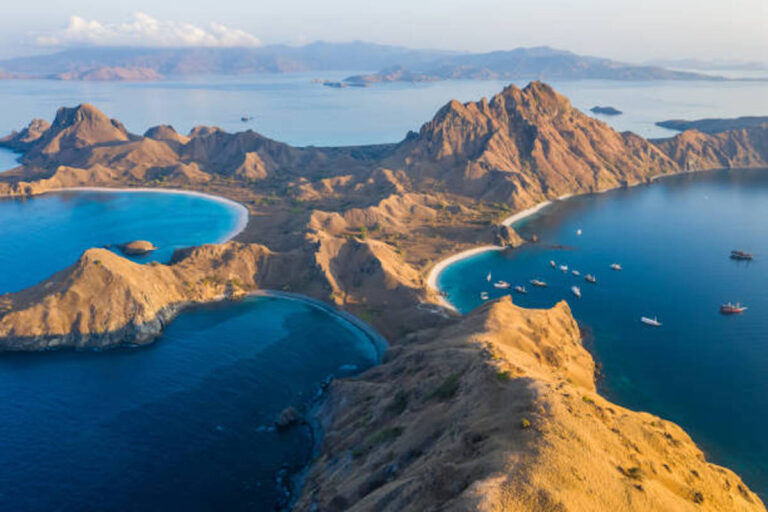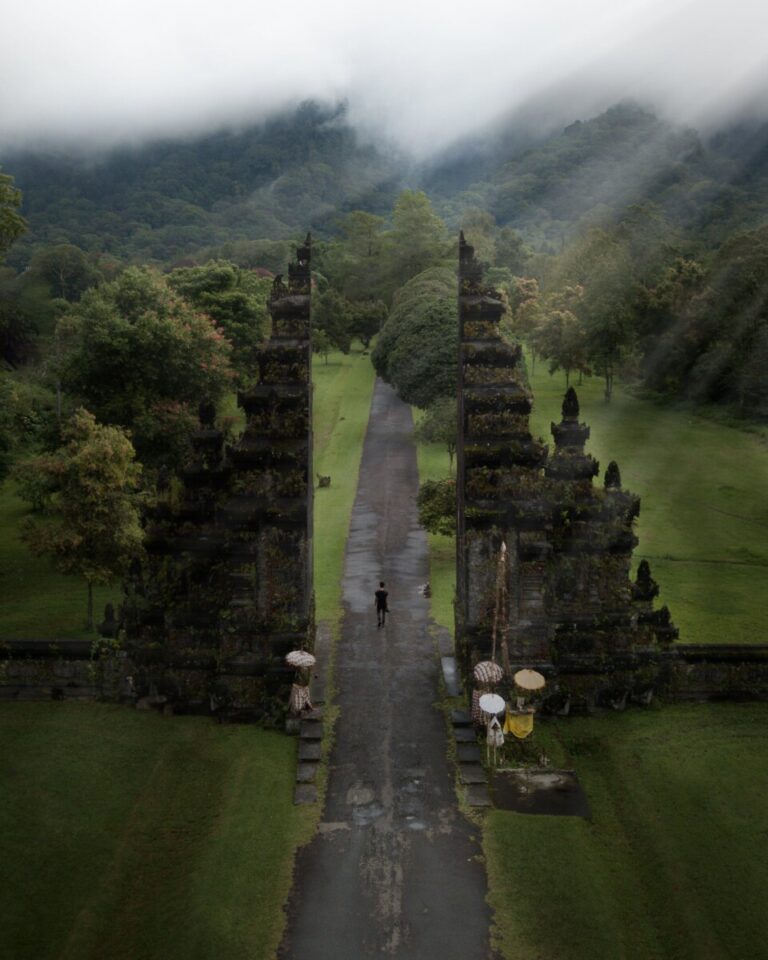Padar Island is fascinating for its breathtaking scenery, stunning natural landscapes, and rich history and mythology. Located in the Komodo National Park in Indonesia, this small island is steeped in culture. With a fascinating history and mythology passed down through generations. In this article, we will take a closer look at the history and mythology behind Padar Island and explore the cultural significance of this unique destination.

The Early History of Padar Island
This island long and fascinating history dates back to prehistoric times. The island is thought to have been inhabited by early human settlers who arrived on the island thousands of years ago. Over the centuries, the island has been ruled by various empires and kingdoms. Each leaving their unique mark on its cultural heritage.
One of the most significant periods in the history of Padar Island was during the Majapahit Empire in the 14th century. During this time, the island was an important trading hub, and the Majapahit Empire established a presence there. The empire was known for its impressive architecture and art. Some structures and artifacts from this period can still be seen on the island today. The Dutch East India Company also played a significant role in the history. Ruling the island for a time and influencing its development. Today, visitors to the island can see the remnants of this rich history in the island’s architecture and cultural artifacts. Offering a glimpse into the island’s storied past.ritage.
The Mythology of Padar Island
The mythology of the island with the most komodo dragon habitat is as rich and diverse as the island’s landscape. According to local legends, powerful dragons once inhabited the island, protecting it and its people from invaders. The dragon became a symbol of strength and resilience. Its image can be found throughout the island in various forms of art and architecture. Visitors can even see a statue of a dragon at the entrance to the island’s famous viewpoint. Symbolizing the island’s cultural heritage and the importance of the dragon in local mythology.
Other local myths and legends include tales of sea monsters, magical creatures, and otherworldly spirits that helped shape the island’s rich cultural heritage. Many of these stories have been passed down through generations and are still told by locals today. These tales offer insight into the island’s cultural identity and provide visitors a sense of wonder and intrigue, making Padar a truly unique and captivating destination.
The Influence of Religion on Padar Island
Like many places in Indonesia, religion heavily influences this island, particularly Islam. Islam was introduced to the island in the 16th century, and over time it has become an integral part of the island’s cultural identity. Today, visitors to Padar can see the influence of Islam in the island’s architecture, art, and daily life. From the call to prayer that echoes across the island to the colorful clothing worn by locals during religious festivals.
Preserving the Cultural Heritage
As this Island becomes an increasingly popular tourist destination. It is important to preserve its cultural heritage and ensure that future generations can continue to appreciate and learn from its rich history and mythology. This means promoting sustainable tourism practices, respecting local customs and traditions, and supporting local communities to preserve and celebrate their cultural heritage.







